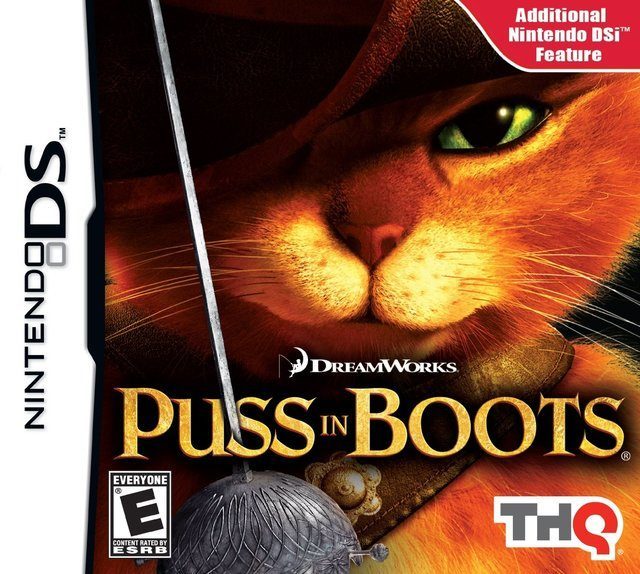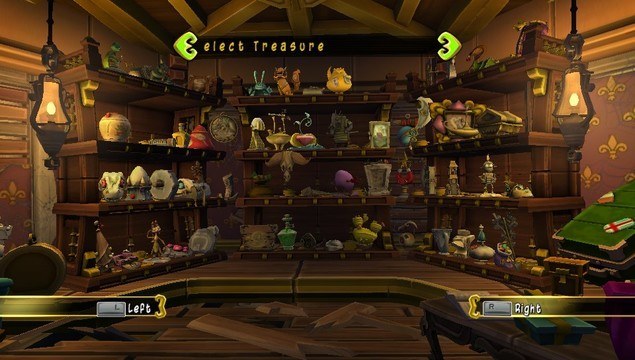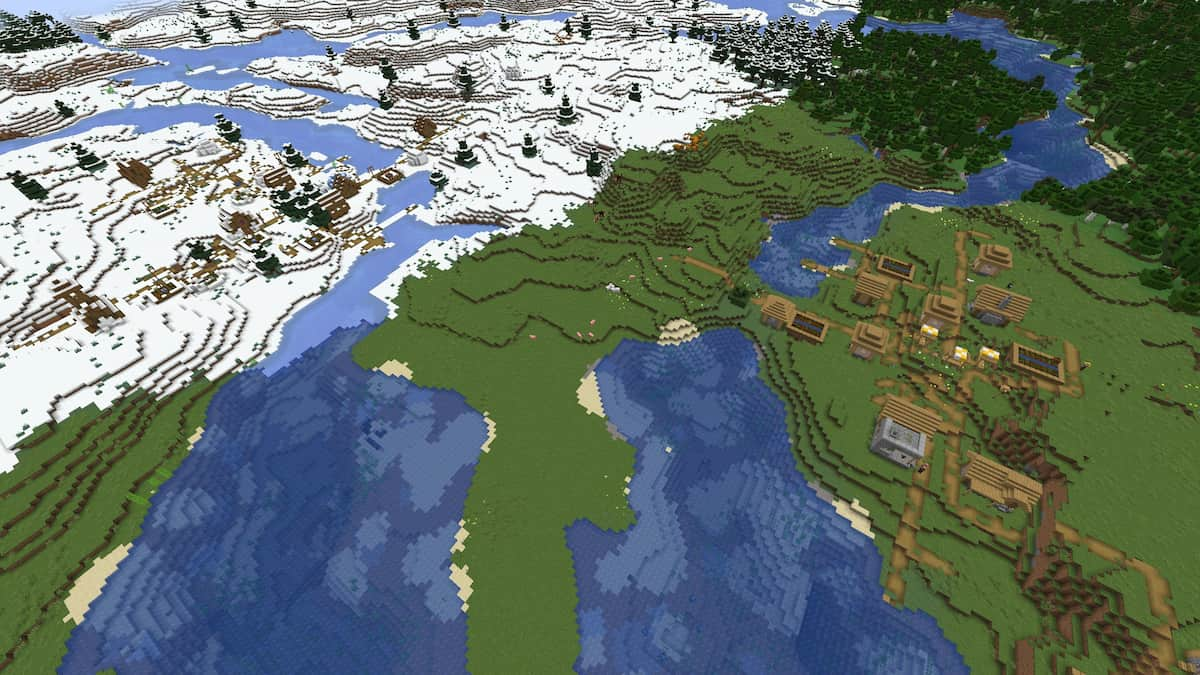As the video game industry grows bigger and more people jump in, I am finding an increasing number of people who want to write game guides v- whether for a specific site, for a friend, or for a magazine. There are a lot of different things you have to take into account, and I’m here to help you sort through it.
Step 1: Know where you’re publishing
Formatting
If you’re publishing to a specific site, know that site and what its readers look for. There may be a specific format that the site requires, such as the one primarily used for PlayStationTrophies. If you don’t publish a guide in the appropriate format, it’ll be shot down immediately and then all of your hard work will be wasted. Most formats are there for a reason as well (they help with organization, displaying information, etc.).
The Audience
GameSkinny allows you to write guides for any game, including mobile ones, but the site is mostly kid-friendly. This means picking pictures and using language that would appeal to every audience. Not cursing is a good idea for any guide, though, as you’ll comes off much more professionally. Some people also have an aversion to cursing, so keeping it out of your guide makes it much more appealing to a wider audience.
The Console
If you’re writing for a site or about a game that is not platform specific, try to stay away from listing a specific button or key for a control. For example, instead of saying “hit X,” just say jump. It’ll avoid a lot of confusion and wordiness. Not to mention, sometimes games will be released as an exclusive and then receive a publication for another platform. Xbox games do this a lot. If this winds up being the case, not referring to a specific button will make the game guide universal. However, if you are posting to a console-specific site (like XboxAchievements), saying something like “hit A” is perfectly acceptable.
Step 2: Pick a game
 If you’re new to writing guides, I would advise you to pick a shorter game. This allows you to get used to writing guides without feeling overwhelmed. If you’re having trouble picking a game to use, I would suggest any children’s game. Not only are they cheap, so you can quickly buy one and get started, but they’re easy and short as well, so you can focus on writing your first game guide rather than trudging through the game.
If you’re new to writing guides, I would advise you to pick a shorter game. This allows you to get used to writing guides without feeling overwhelmed. If you’re having trouble picking a game to use, I would suggest any children’s game. Not only are they cheap, so you can quickly buy one and get started, but they’re easy and short as well, so you can focus on writing your first game guide rather than trudging through the game.
Make sure the game you pick fits into the site you choose, however. If you’re publishing on a site that focuses on shooters, don’t use a platformer. If the site you choose is like Gameskinny, where there’s a lot of content, make sure you’re picking a game that isn’t already chosen. This becomes redundant and means a lot fewer people are going to read your article. You can try to add a new spin on your guide, but that’s much harder to do with something as cut-and-dry as collectible guides.
Definitely make sure it is a game that you want to play or like to play as well. Picking a game you don’t like is only going to make the experience unenjoyable. Writing game guides is a lot of work, but it is meant to be fun.
Step 3: Reconnaissance
Figure out what type of collectibles there are. Some games only have one type, but some have multiple. This will make things a little easier on you since you know what to look for.  Some easy ways to find out the type(s) of collectibles are looking at a trophy/achievement list to see what it has about the collectibles. The prologue of the game or the first couple of minutes will also give you a clue. If collectibles are an integral part of a game, they will often have one just lying there out in the open for you to grab with some details about it. This can be very useful.
Some easy ways to find out the type(s) of collectibles are looking at a trophy/achievement list to see what it has about the collectibles. The prologue of the game or the first couple of minutes will also give you a clue. If collectibles are an integral part of a game, they will often have one just lying there out in the open for you to grab with some details about it. This can be very useful.
Step 4: Get all the collectibles while taking note of what you did, where you did it, and anything else of importance
Jump in and start finding collectibles. With a laptop near you or a piece of paper, write down where you get the collectible, the name of the collectible (or some discerning feature if there isn’t a name), and how to get it. It doesn’t have to be perfect just yet, but you should know what you’re talking about, so you can revise it later. If you have the technology, feel free to take a clear screenshot to include in your guide next to the collectible as a visual reference. Screenshots help. A lot.
Get the rest of the collectibles. This may take a few tries, but don’t worry.
Step 5: Go into better detail and format
Now that you have an idea of where every collectible is and how to get it, revise what you’ve written. Use full sentences. Make sure you’re detailed, but not over-the-top in description. If there is more than one type of collectible, color code it. Not only does color coding make it easier for the reader, it makes it easier for you to keep track of everything.  Make sure you use colors that are easy to see and are distinct from one another. For example, don’t use bright yellow. It doesn’t stand out well and will only cause your readers grief. Try something like red, blue, or green. Don’t use red and then red-orange either. The colors are too similar to be used effectively. Tables are also a great tool to use.
Make sure you use colors that are easy to see and are distinct from one another. For example, don’t use bright yellow. It doesn’t stand out well and will only cause your readers grief. Try something like red, blue, or green. Don’t use red and then red-orange either. The colors are too similar to be used effectively. Tables are also a great tool to use.
If a game has levels or sections, list the collectibles under a heading with the name of that level or section. Make sure to also bold, underline, or italicize this heading so it stands out. Increase the font size as well. If someone missed one collectible in “Middle Level,” it’ll be easier for them to find because you’ve labeled it “Middle Level” in a bold print that stands out to the eye.
If a collectible needs a certain item or character to be obtained, mention that. If this character or item is available all the time, then post it with the collectible listing itself. If this character or item is only available at a save point or another special point, make a note of when that occurs in relevance to your guide and mark it for the collectible itself.  For example, if one chapter has three collectibles and the last two can only be obtained by using a character obtained from the save point in between collectible one and two, put a break in the middle of your collectible with a note that says, “Get this character here. You’ll need him/her later.” Then, for the second and third collectible, mention that this character is needed to get the collectible. No matter what the case though, make sure you bold, highlight, italicize, or somehow draw attention to such a piece of information. This way players can easily locate it and won’t miss it, even if they’re skimming through the guide.
For example, if one chapter has three collectibles and the last two can only be obtained by using a character obtained from the save point in between collectible one and two, put a break in the middle of your collectible with a note that says, “Get this character here. You’ll need him/her later.” Then, for the second and third collectible, mention that this character is needed to get the collectible. No matter what the case though, make sure you bold, highlight, italicize, or somehow draw attention to such a piece of information. This way players can easily locate it and won’t miss it, even if they’re skimming through the guide.
 Mention any extraneous information you think someone utilizing your guide may need to know in an introduction. For instance, if a game doesn’t have a chapter select feature, mention that. If collectibles need to be gathered in one playthrough, mention that. Your readers can’t read your mind and you are responsible for telling them everything they need to know. A good collectible guide introduction is pictured on the right.
Mention any extraneous information you think someone utilizing your guide may need to know in an introduction. For instance, if a game doesn’t have a chapter select feature, mention that. If collectibles need to be gathered in one playthrough, mention that. Your readers can’t read your mind and you are responsible for telling them everything they need to know. A good collectible guide introduction is pictured on the right.
Step 6: Read over it
Fine tune your work
Make sure there are no spelling errors and that you’ve used proper grammar. Go through it one last time to make sure everything is color coded, and color coded properly. Make sure you didn’t miss any collectibles. Make sure you included every piece of information the player could possibly need to follow your guide properly.
Correct Terminology
 Some games don’t refer to collectibles as collectibles, but as treasures, so you should do the same. If a game has a distinct collectible, such as Fallout‘s bobbleheads, refer to it as bobblehead guide instead of just a collectible guide. It makes your guide more accurate and prevents confusion from potential readers.
Some games don’t refer to collectibles as collectibles, but as treasures, so you should do the same. If a game has a distinct collectible, such as Fallout‘s bobbleheads, refer to it as bobblehead guide instead of just a collectible guide. It makes your guide more accurate and prevents confusion from potential readers.
It is good to note that you should double check that all of the characters’ names and other in-game content are spelled correctly and labeled properly. Make sure you also don’t confuse the names of characters or items either. Bob can’t be referred to as Steven.
[Image source]
Step 7: Testing the guide
Test it out. You want to make sure your game guide is effective. Just because it makes sense to you, doesn’t mean it will make sense to anyone else. Thus, ideally, you want to get a friend, family member, or significant other to test out the guide. They have different thought processes than you and will be much more likely to critique you.
If for whatever reason you can’t get anyone else to test it out, test it out yourself. Follow your guide exactly the way you have written it and try to ignore the information you already have stored in your brain about the game, so you can look at it like someone who has never seen it before. Don’t be afraid to critique yourself either. If you’ve written a collectible, or even a whole level poorly, fix it. No writer is perfect and not fixing it won’t help anybody.
Step 8: More work or doing last edits
You’re all set
 If the person who tested out your guide said it was good, you don’t have to do much besides some minor edits here and there.
If the person who tested out your guide said it was good, you don’t have to do much besides some minor edits here and there.
You need to do some more work
 If your guide wasn’t that great, take their suggestions and comments into account and fix what you can. If it’s really bad, you may need to start all over. (Don’t be discouraged if this happens! No writer is perfect. Trust me.) Get your guide to a good level, one that you’re proud of and other people can understand with ease.
If your guide wasn’t that great, take their suggestions and comments into account and fix what you can. If it’s really bad, you may need to start all over. (Don’t be discouraged if this happens! No writer is perfect. Trust me.) Get your guide to a good level, one that you’re proud of and other people can understand with ease.
Step 9: Publish your guide
Publish that sucker! If you’re on a site where multiple guides get put up and they compete for the top spot of the ultimate guide, don’t be discouraged if your guide isn’t chosen. Look at the guide that was chosen and figure out what they did that you didn’t. Use it as a learning experience. Maybe they just phrased things in a slightly different way. It doesn’t mean your guide is any worse than theirs.
Step 10: Be proud of yourself
You just wrote a game guide and published it! Congratulations! You put in a whole bunch of effort (they’re not as easy as they look are they?). Even if your guide didn’t get chosen as the ultimate guide in a competitive site, or not as many people read it as you wanted, you wrote a great guide. You should be proud of yourself. Don’t sell yourself short.

[Image source]
Ready to write your own guide? Publish it here on GameSkinny!







Published: Aug 20, 2015 07:01 pm